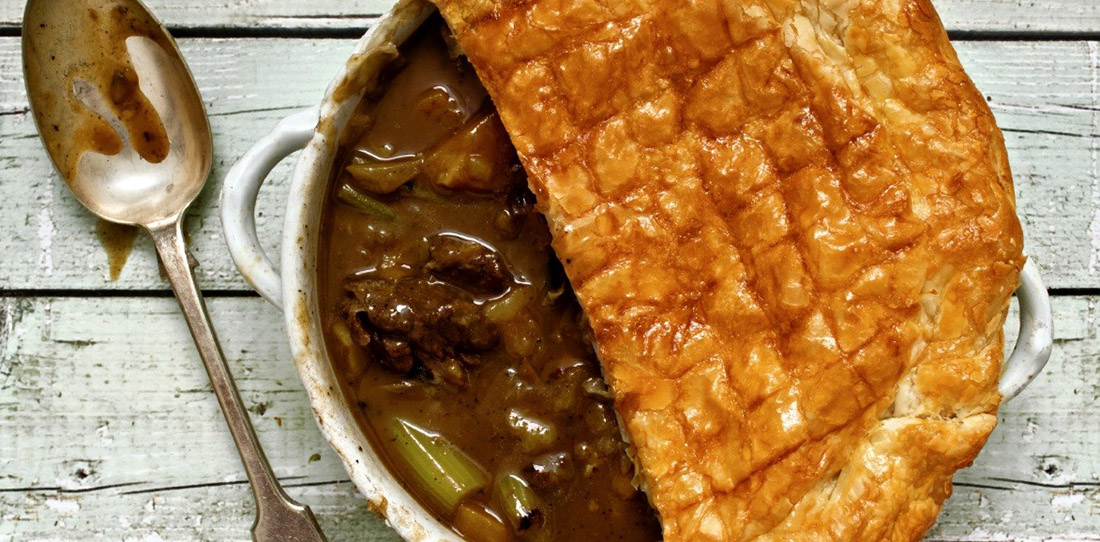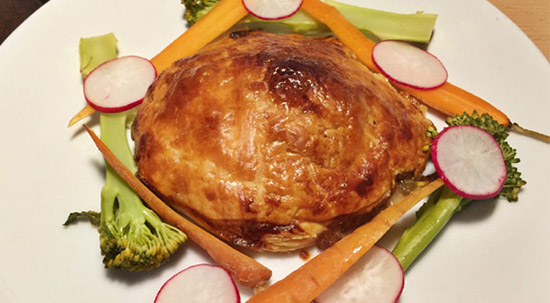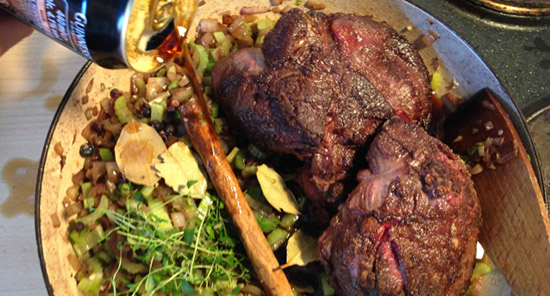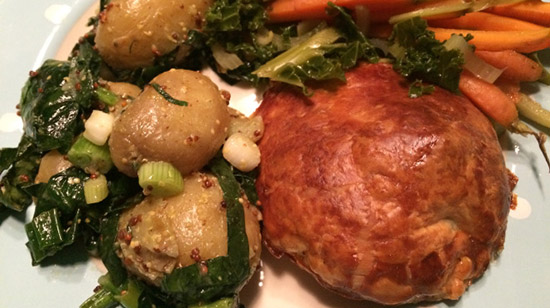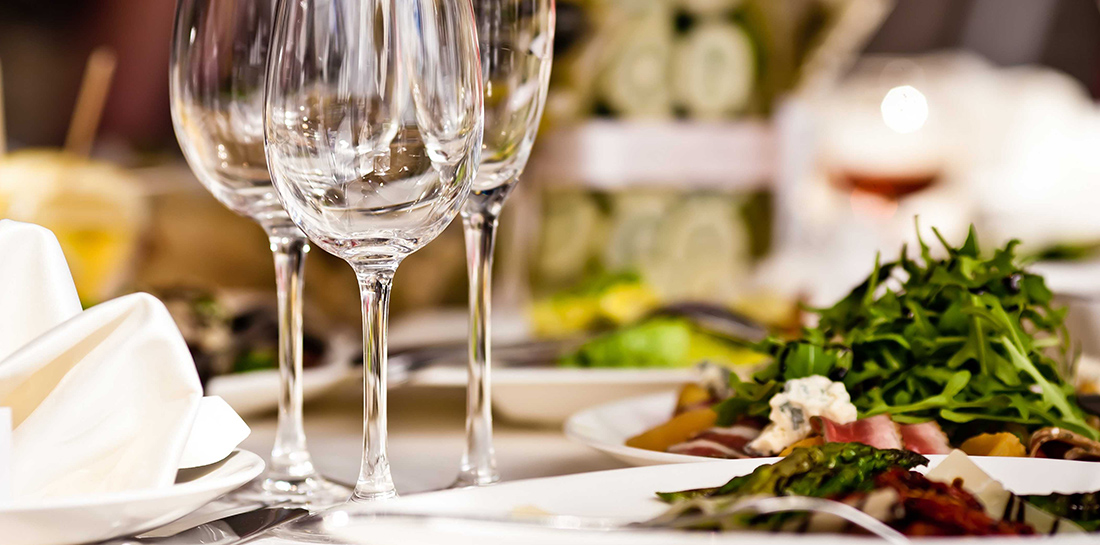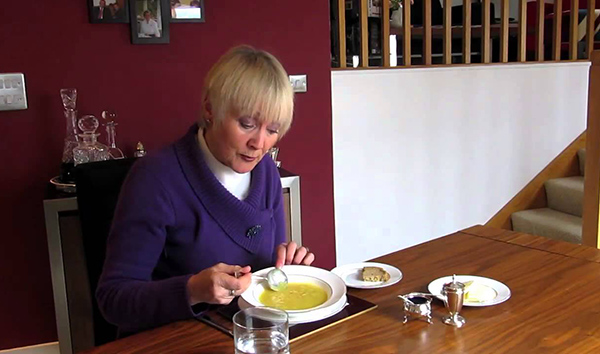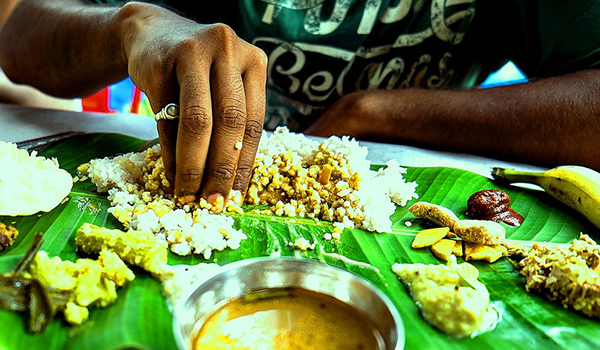Hair-raising Treats: 10 Weird Ice Cream Flavours You’d Loathe To Eat

Bacon-flavoured ice cream does not seem so weird – not when you discover ten weird (and slightly alarming) ice cream inventions below…
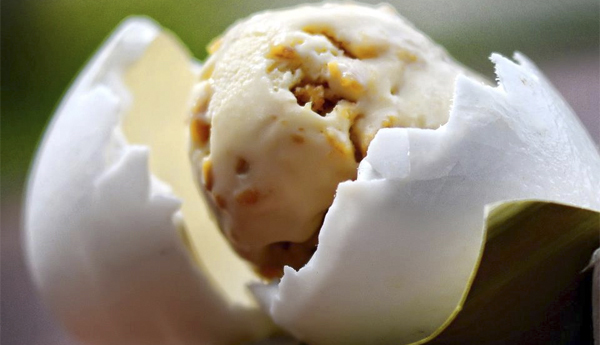
1. Crocodile Egg Ice Cream
The staff at a restaurant in Philippines once invented this hair-raising flavour after being offered crocodile eggs from a farm situated next to it.
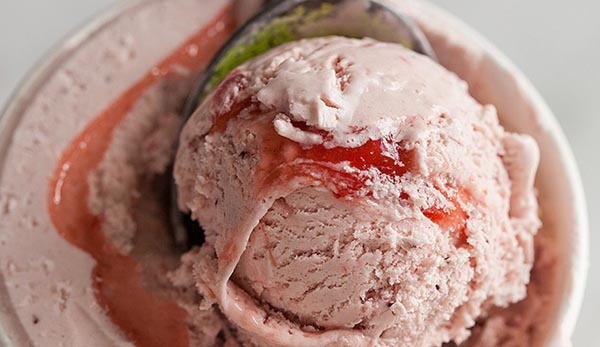
2. Sichuan Pepper Ice Cream
This ice cream may look pink and pretty, but do not be deceived by its pleasing appearances, for it masks a potent level of spiciness.

3. Chicken Wing Ice Cream
At last, a perfect delicacy for foodies in love with sweet and savoury treats! You get the best of both worlds in this chicken wing-flavoured delight, enjoying the smooth creaminess of ice cream, together with the addictive flavour of a well-fried chicken wing.
(We hope that you are not grossed out, for we say this in jest! The amusing folks at Perry's Ice Cream created this as an April Fool's prank in 2014.)
3. Ox Tongue Ice Cream
This is proof that the Japanese are more than capable of coming up with the craziest inventions!
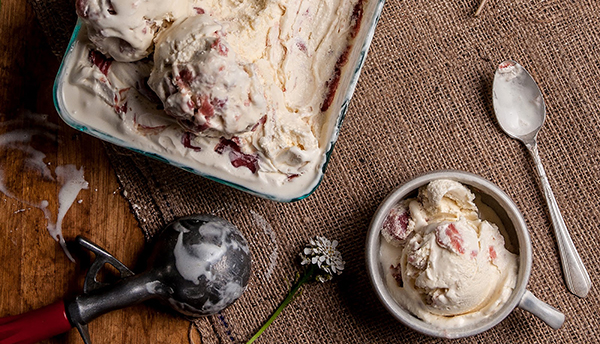
4. Raw Horse Meat Ice Cream
The best chocolate ice creams have good ol' chocolate chips in them, and nutty flavours often come with bite-sized pieces of crunchy nuts. In this peculiar variety, you get chunks of raw horse meat studded throughout the icy treat.

5. Pit Viper Ice Cream
A venomous treat for the vicious.
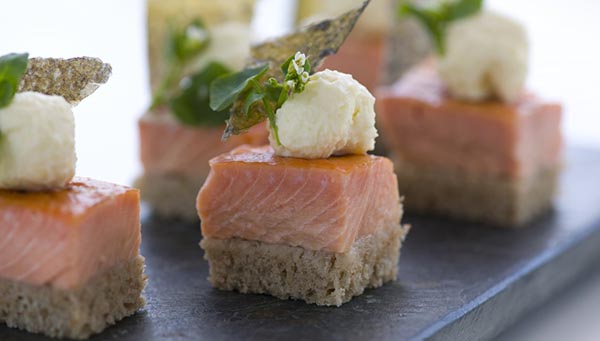
6. Horseradish Ice Cream
Get a taste of weirdness with this treat.
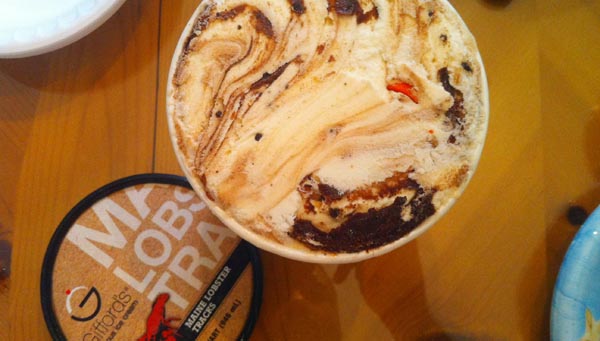
7. Lobster Ice Cream
Sold in Maine, this butter-flavoured ice cream contains succulent chunks of lobster meat. Yum – just perfect for seafood lovers!

8. Viagra Ice Cream
Coloured in the drug's signature blue hue, this ice cream contains traces of viagra. This is one sweet treat that provides an unexpected kick!

9. Toothpaste & Orange Juice Ice Cream
A perfect treat to pacify the little ones, perhaps?
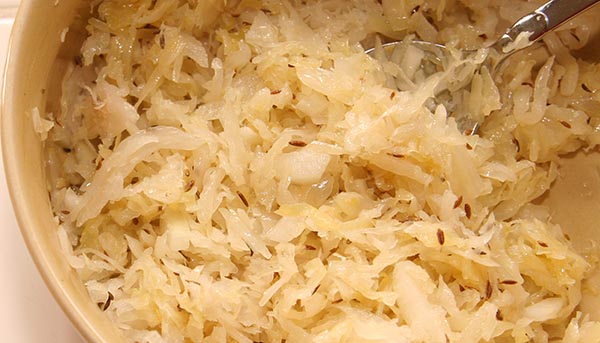
10. Sauerkraut Ice Cream
The cure for ice cream addicts – we promise that a bite of this sourish treat will be sufficient in reducing their ice cream cravings!
Image Credits: 1 | 2 | 3 | 4 5 | 6 | 7 | 8 | 9 | 10 | 11
[icegram campaigns=”612″]









